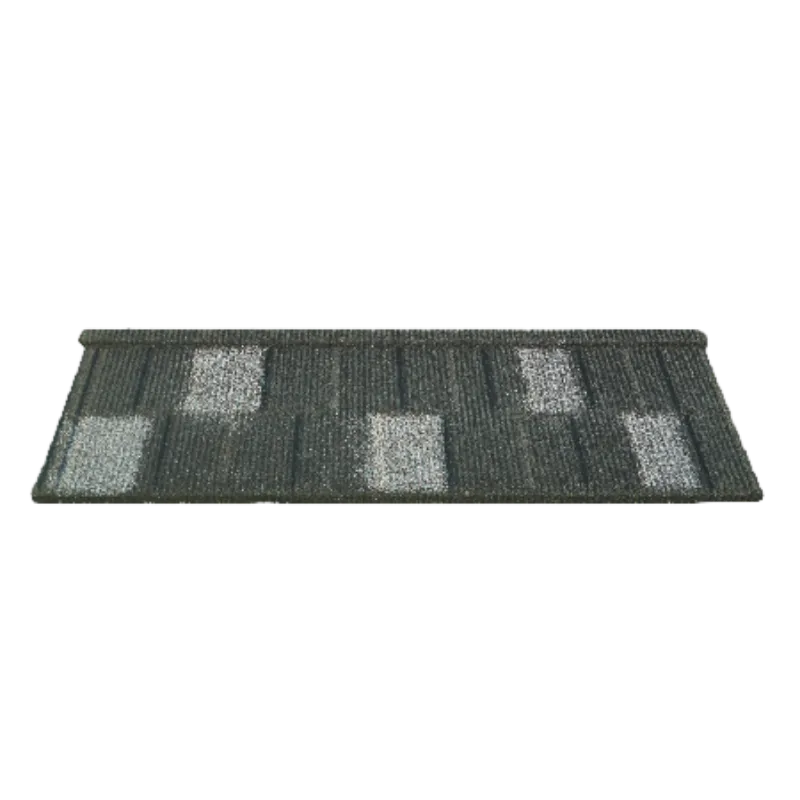
Nov . 02, 2024 10:02 Back to list
granular loss on shingles
Granular Loss on Shingles Understanding the Impact and Solutions
Shingles, also known as a roof covering, is an essential component of any building structure. It not only enhances the aesthetic appeal but also provides vital protection against environmental elements. However, over time, roofing shingles can experience granular loss, a phenomenon that significantly impacts their performance and longevity. Understanding granular loss and its implications is crucial for homeowners and builders alike.
Granular loss refers to the deterioration of the protective granules on roofing shingles. These granules, typically made from crushed stone and coated with pigment, serve multiple purposes they protect the underlying asphalt from harmful UV rays, contribute to the shingle’s color, and provide additional protection against weather conditions such as hail and heavy rain. When these granules wear away or become loose due to aging, weather exposure, or improper installation, the shingles are left vulnerable to various forms of damage.
Several factors contribute to granular loss on shingles. One significant cause is UV radiation from the sun. Prolonged exposure to sunlight can degrade the asphalt in the shingles, causing the granules to loosen and wash away with rain or wind. Additionally, extreme weather events, such as hail storms, can cause physical damage that results in significant granular loss. Poor installation practices, such as using inferior materials or improper sealing, can also accelerate this process.
granular loss on shingles

The consequences of granular loss can be severe. Without the protective layer of granules, shingles become more susceptible to UV damage, leading to premature aging and reduced lifespan. Furthermore, the exposed asphalt can lead to roof leaks, which can damage the interior of a building and create a breeding ground for mold and mildew. Homeowners may also see an increase in energy bills as their roofs become less efficient at insulating the home.
Detecting granular loss is crucial for maintaining the integrity of roofing systems. Homeowners should perform regular inspections, especially after severe weather events. Signs of granular loss include visible bald spots on shingles, the presence of granule debris in gutters, and discoloration of the shingles. If granular loss is detected, it is essential to address the issue promptly to prevent further damage.
Fortunately, there are several solutions to mitigate granular loss. For minor issues, homeowners might consider applying a roof sealant to protect the shingles and extend their life. In cases of extensive damage, however, a roof replacement may be the only viable option. Choosing high-quality shingles with better granule adhesion can help reduce the risk of granular loss in the future.
In conclusion, granular loss on shingles is a significant issue that can lead to costly repairs and decreased roofing performance. Homeowners should remain vigilant regarding the condition of their roofs, addressing any signs of granular loss swiftly. By understanding the causes and consequences of this phenomenon and taking proactive measures, homeowners can ensure their roofs remain protective and aesthetically pleasing for years to come. Regular maintenance and informed choices are essential to preserving the integrity of roofing systems and safeguarding homes against the elements.
-
Stone Coated Metal Roof Tile-Nosen Tile: Durable & Stylish Roofing
NewsJul.23,2025
-
Durable Tiles Made of Clay for Modern Cladding Solutions
NewsJul.22,2025
-
Stone Coated Roman Tile Metal Roofing - Durable & Elegant
NewsJul.22,2025
-
Premium Roofing Granules for Sale - High Durability & Cost-Saving
NewsJul.21,2025
-
Durable Laminated Shingles for Weather-Resistant Roofing
NewsJul.21,2025
-
Rubber Roofing Shingles - Durable & Weatherproof SBS Rubber Asphalt Shingles for Homes & Businesses
NewsJul.08,2025







